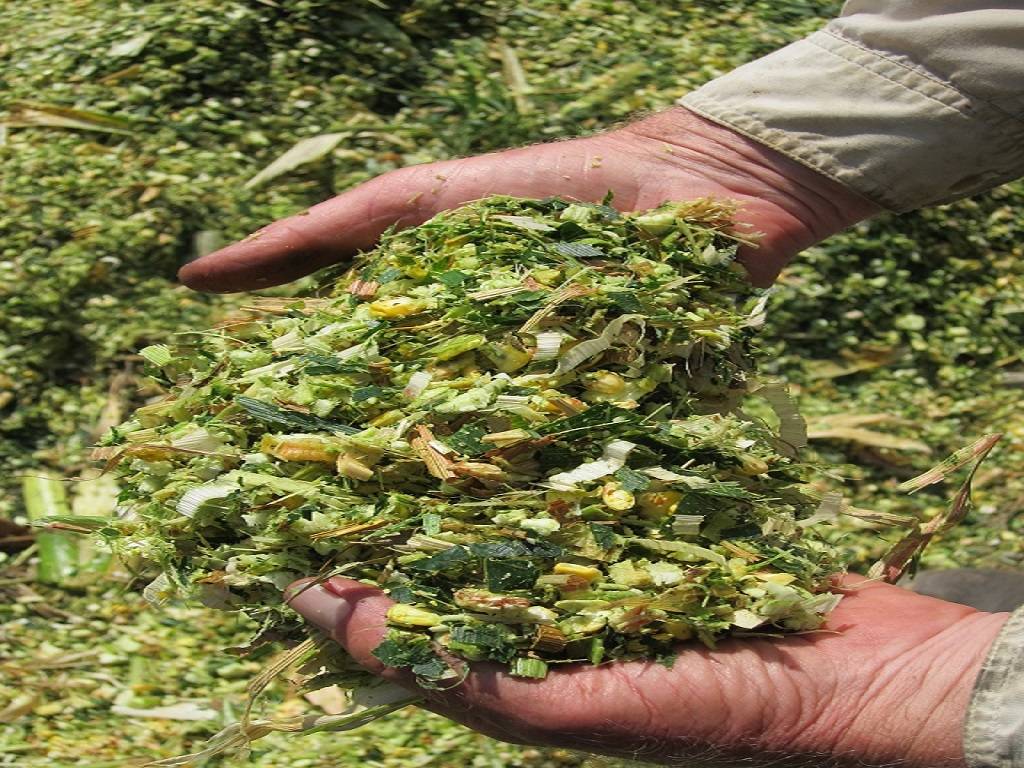
What is Silage?
Silage refers to pasture grass that has been ‘pickled.' It is a way of preserving pasture for cows and sheep to consume later when natural pasture is limited, such as during the dry season.
Need of silage in dairy farming:
To produce high-quality milk, we require high-quality feed and forage all year. However, due to a scarcity of available fodder, farmers frequently struggle to give high-quality feed to their animals.
For example, if you plant green maize, it will only last 10 to 20 days at the nutritious stage, making it difficult to feed green maize all year. However, using silage, we may feed healthy maize and forage to the animals every day of the year.
The farmer's labour costs are decreased by employing silage because he won't have to go to the fields every day to harvest and carry it. This not only decreases our labour challenges but also aids us in dealing with labour availability issues. Instead of labouring every day to obtain fodder, we just need to work for 10 days to store fodder for the entire year.
Most importantly using silage can reduce the cost of milk production by maintaining the same price of fodder throughout the year as it is prepared when the cost of green fodder is the lowest.
Problems faced in silage making
To be effective in silage-making, you must have a thorough understanding of all aspects. Farmers who first tried it were unaware of the proper moisture levels required in the crop for silage production. They utilised the improper additives in the wrong proportions, which enhanced deterioration. As a result, even if they restarted silage production, they never resumed it.
Crops to be used and stages for silage making
Crops such as maize, sorghum, oats, millet, hybrid Napier, and leucerne or alfalfa are ideal for silage production.
To make silage, the crop must be gathered at the peak of its nutritional value. When you cut a maize cob in half, the milk line should be visible. The milk line is the line that can be seen between the yellow and white parts of the cob, indicating that it is ripe for silage production.
Methods of preparing silage
Bags, pits, bunkers, and drums can all be used to make silage. After harvesting, when you are certain that the moisture % in green fodder is correct, chaff it to a quarter-inch to one-inch size.
Most importantly, after chaffing, you must immediately place the fodder in the bag, pit, or bunker. After every 1.5 feet of filling, the fodder must be pressed with your feet or a tractor.
Continue pressing until you can no longer press any farther. If you want to add silage culture or additives, the appropriate proportions can be sprayed or sprinkled. We must be quick while doing these processes so that no air enters. We need to drive out the air and close the bag or pits from all sides.
After that, you have to keep some heavy articles such as bags of sand or soil or other heavy material which is easily available and put them on top of the silage bags, pits or bunkers.
Additives are to be added in silage making
When we employ chemicals in silage production, we help with forage fermentation and nutrient retention. They improve silage quality, which increases milk output. Silage cultures, such as Rumifirm - Intron or Dupont Pioneer, are commonly used as additives. Some silage cultures are also available as liquids that must be diluted with water.
Care that you need to take after opening silage bags, pits, and bunkers
-
While removing silage you should take out an entire layer of silage. If you dig from one side only then other sides exposed to air can get infected by fungus. This could lead to build up of harmful toxins in the silage.
-
You need to use silage daily till the time the bunker or pit is completely used. If you give gaps in usage, the exposed layers will get fungus growth.
-
After opening you need to take out all the silage and use it within 60 to 90 days.
-
After removing the silage every day you should close the pit and bunker and cover it properly.
To attend a FREE course on “Silage Making for dairy farms” from Teplu.











